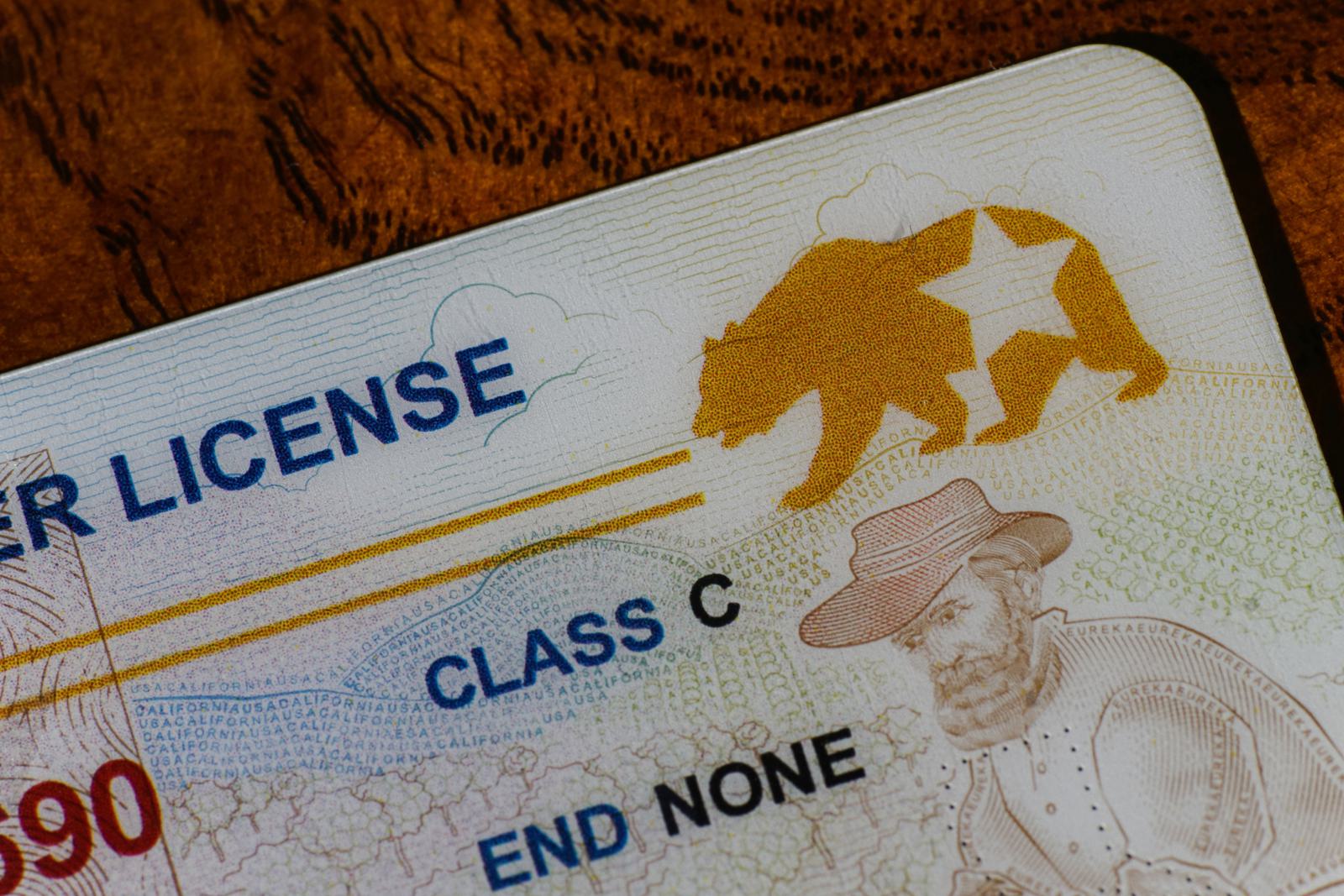Casinos and bar owners face significant risks when they allow underage or banned patrons to gamble on their premises. While the fines for accepting fake IDs are substantial, the real cost often goes beyond the financial penalties, and it doesn’t always hit the root of the problem.
Without Reliable Technology, Fake IDs Can Fool Even Scanners
In a recent New York Times article, experts revealed that today’s counterfeit IDs include sophisticated features like holograms, scannable barcodes and laser engravings that can fool even scanners deployed by bar owners and casinos that don’t use reliable technology.
In February 2025, an Indianapolis man was sentenced to 3 years of probation for manufacturing and mailing fake IDs. A local Indianapolis news network, 13WTHR, revealed that James Watt manufactured more than 30,000 fake driver’s licenses and other forms of fraudulent IDs. These IDs were distributed through the U.S. Postal Service collection boxes. Most fake IDs were purchased by college students, but some fake IDs were purchased by individuals over 21 years of age for nefarious purposes.
Casino Fines for Underaged Patrons: A $820,000 Gamble
Installing a robust identity management system that catches fake or fraudulent IDs is as essential as paying for homeowner’s insurance — it's the kind of precaution you don’t want to skimp on. Letting underage patrons into your casino is a risk that can be easily mitigated with the right technology.
For instance, a casino in Rhode Island faced fines of $275,000 in 2023 and $545,000 in 2024 for allowing underage patrons onto the gaming floor. Unfortunately, this is just one example of the hundreds of fines levied against casinos every year for similar infractions.
Casinos Fined for Letting Banned Patrons In
The risk doesn’t end with underage gamblers. Casinos are also required to verify that patrons aren’t on self-exclusion lists, regulatory blocklists, or other proprietary lists. This verification is critical for complying with anti-money laundering (AML) procedures, which include Customer Due Diligence (CDD), transaction monitoring, Suspicious Activity Report (SAR) filing, and record-keeping.
In recent examples, a casino operator in Washington County, Pennsylvania, was fined $10,000 for allowing someone from the self-exclusion list to gamble. Previously, a casino in Westmoreland County was fined $30,000 for letting an underage patron and two self-excluded individuals onto the gaming floor.
The Serious Consequences of Letting the Wrong Patrons In
Fines can range from thousands to hundreds of thousands of dollars. While some casinos might view this as just the “cost of doing business,” the stakes are much higher when a fraudulent ID leads to more severe consequences. Allowing nefarious individuals into your casino can expose your business to a range of legal and financial risks, including theft, fraud and damage to your reputation. The right technology can help you be certain that you know who is on your premises.



